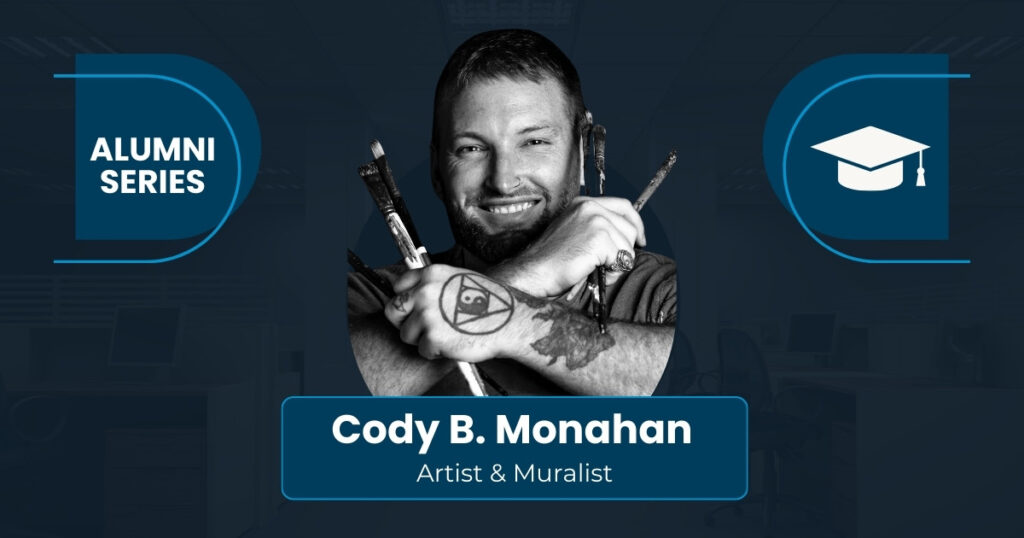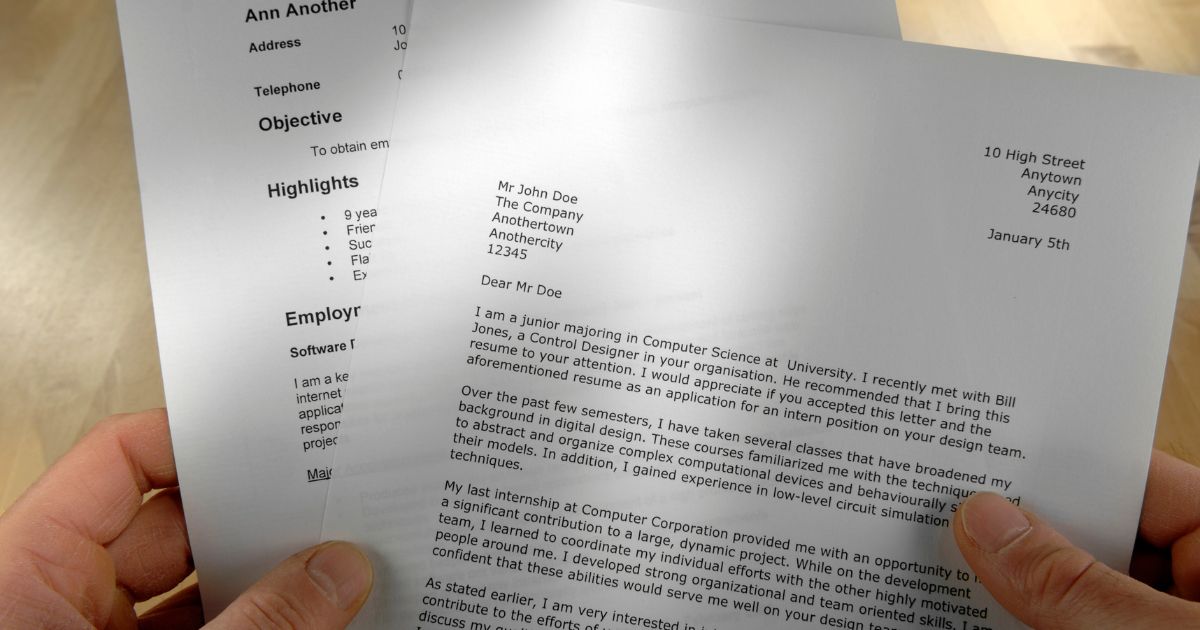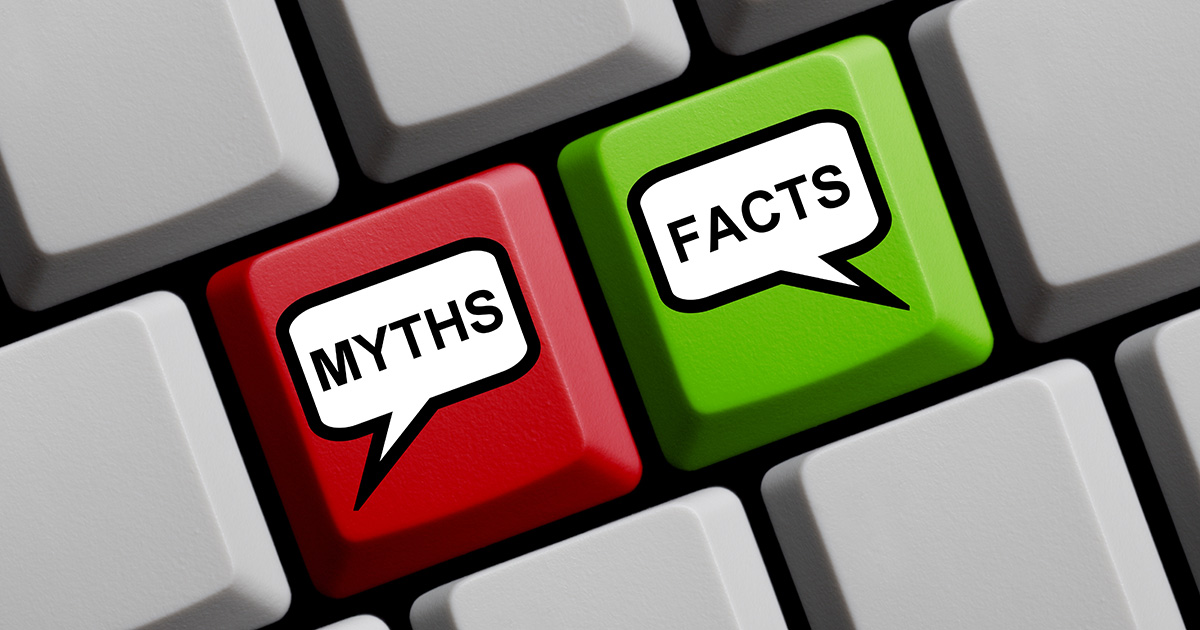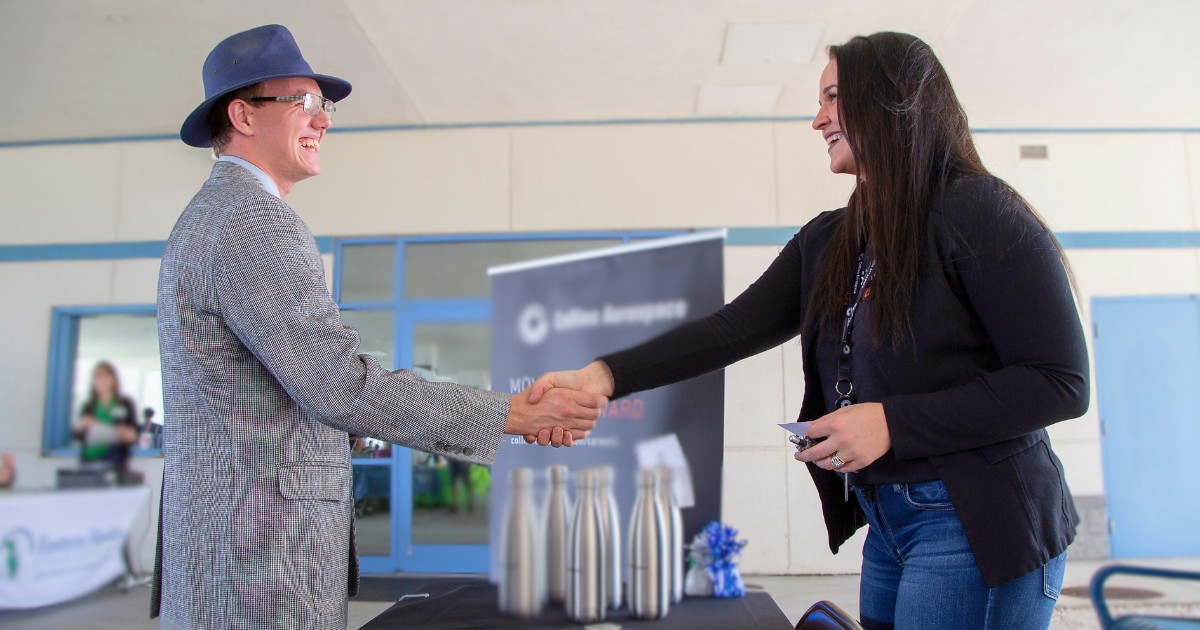Can you share three fun facts about you?
I love chess. My favorite food is pizza. I made pizza for eight years for Bizarros. I was a pizza artist before being a mural artist.
I’m coming out with my own paint. It’s labeled as a mural-grade paint, but it’s for any art. I’m trying to change the way artists buy paint, so it comes in bigger cans — like house paint instead of little tubes. Instead of buying multiple different paints, you buy one paint for everything.
Tell me about your time at EFSC.
I finished my AA degree at EFSC (BCC back then), then transferred to UNF for my graphic design degree. I also took graphic design classes at EFSC with Professor Canger. He’s still the best teacher I have had, and I learned the most from him. I think a key instrument in learning is having a good teacher. You can take whatever class you want, but it’s about the teacher, and EFSC had some good teachers. That stuck with me.
How did you get your first professional opportunity?
When I was at EFSC, I took Drawing 1 & 2 and entered my first art show. I did a painting for Mother’s Day that got entered into a contest and led to my first opportunity to paint a mural. I later made that painting, called “Three Little Turtles,” into a mural. That’s when the snowball effect took off. The phone kept ringing. My background in graphic design helped because that’s how I design everything now.
How does graphic design connect to mural creation?
I design everything in Photoshop and Illustrator, depending on what elements I’m adding. That way, I design it to scale based on the measurements of the wall (for example, for every inch in Photoshop, it’s a foot in real life). Then I show the client, so they get a full-scale color rendering rather than a sketch.
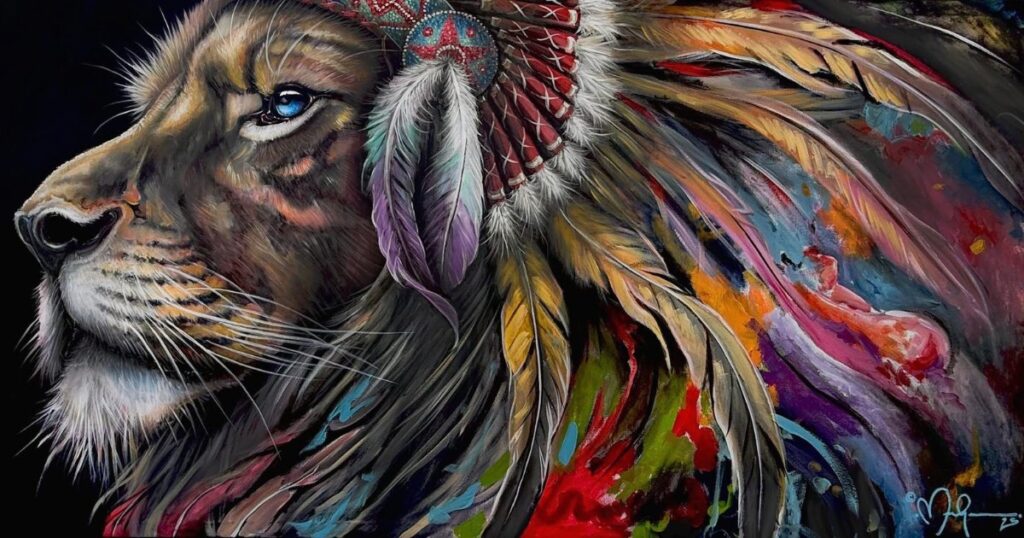
How did you become interested in art to begin with?
My grandfather was an architect, and he was an extremely good artist. I also went to Europe when I was 18 and saw the statue of David, the Vatican… and that did it right there. When I saw the height of art, I realized people made those things. I thought “I want to do that!” It just hit me in that moment. It was mind-blowing.
Could you tell me a little about your current occupation?
I am a full-time artist and muralist. I do custom Commission work — on giant buildings, businesses, hotels, and personal homes — which includes ceilings, brick walls, and all sorts of different textures. I mainly focus on large-scale work.
People come to me with visions, and I make them reality. It’s like a collaboration between me and a client to create a piece. They let me do my thing and they have some input along the way. A lot of people need to see something before they can really understand it. I take the thing that they’re thinking about and allow them to see it.
What are some of the challenges you face as an artist and how do you handle those challenges?
The business of art is probably the most under-taught thing: how to work with clients, how to get clients, how to get jobs, how to market yourself, and how to market your value.
A lot of artists don’t value themselves. I think that’s a really big problem that we’re facing today. The first thing for any artist is to know your value and to stick to that, but at the same time, know when to sometimes sacrifice value for exposure. Exposure doesn’t pay the bills, but it can be more of a long-term situation because that exposure could lead to your next five jobs.
But when it comes to knowing your value, a lot of artists will undersell themselves. It’s important to know how much time you’re going to put in, how much your work is worth, and stick to that price point. Don’t drop below it. It also helps other artists, because if you raise your value, artists with more experience (which will be you, one day) also have a higher value. There shouldn’t be any artist out there doing everything for free. Likewise, if you have a famous artist doing work for $10, that hurts artists just starting out.
A good quote that’s stuck with me is “Hard work beats talent when talent fails to work hard.” That “hard work” is both your artistic talent, and also things like having good relationships with your customers, good communication skills, and so on. That’s definitely a big part of it.
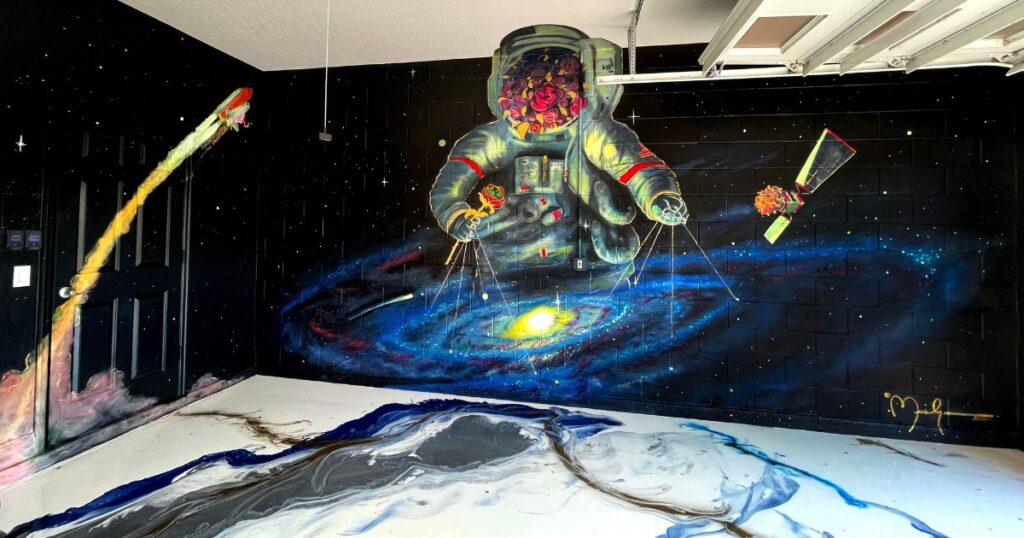
What does it take to become a successful artist?
Determination, persistence, and quality are the top three. But above all those is: “Believe in yourself.” You have to believe you can do it, because on a path that’s less taken there’s not really many people to say, “You can do it!” A lot of times, almost nobody believes you can do it. You have to be in your head telling yourself that can do it — because ultimately you might be the only one who does.
Who are your artistic inspirations?
Michelangelo and Leonardo da Vinci are probably the biggest two. I also look up to Andy Warhol a lot. He paved the way for the business of art. He became a really big influence, because struggles happened when COVID hit, and I couldn’t figure out a working business model. I started studying him and picked up a lot of tricks.
What is your favorite work of art that you’ve created?
It’s a piece called “Flamingo in Flight” off of Babcock and US1 on the side of Chairs for Affairs. It’s my biggest piece — over 120 feet long and 25 feet high. That was a huge undertaking for me as an artist and just a really cool thing to have in the town. That was the wall that changed my career, as far as taking it to a professional level. I was able to switch to art full-time.
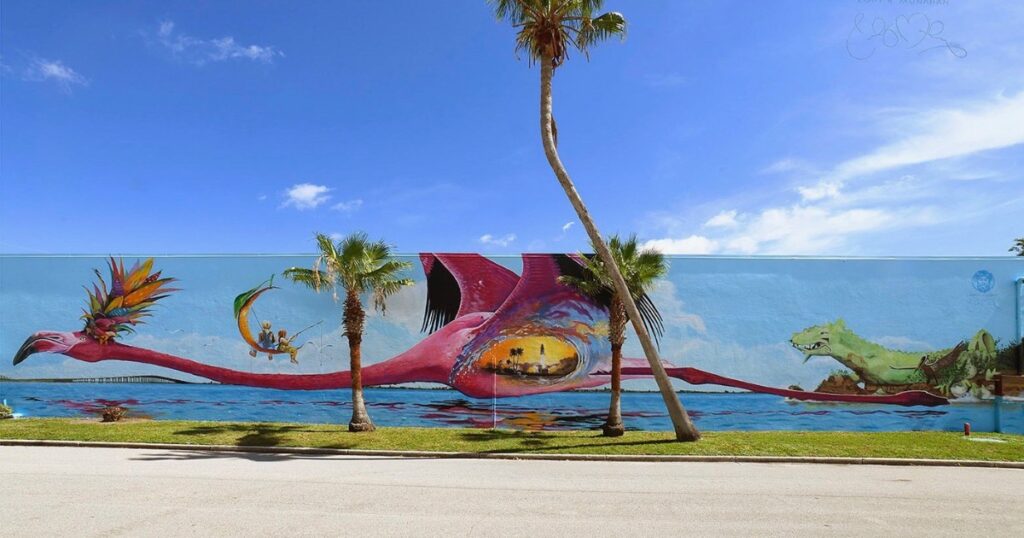
How do you find opportunities as an artist?
A lot of mural-seeking clients will type “murals” in their search engine or social media. From that inquiry, I was one of the artists that they found. Basically, the client will call a bunch of artists and interview them, kind of like a job interview. Then they decide who they want to go with. I was lucky enough to get chosen.
What social media platforms do you use to advertise your work?
My main two are Facebook and Instagram. Instagram is more about fun exposure. Facebook is a little bit more serious. I recommend that artists use it, because the people who use Facebook are real clients. These are the people who message me and ask for jobs. It’s got all ages, and people like business-owners who are looking to spend money on professional work
What would be your ultimate dream art project?
My ultimate dream art project is to do the ceiling of a massive church or cathedral. It’s like going back to the Renaissance roots that inspired me. When you see those ceilings, it’s so captivating. I feel like that was the height of murals.
What do you love most about your work as an artist?
Every day is different. Every job is different. Every connection is different. Every art piece is filled with new challenges, new lessons. It keeps me learning every day. I really love that about my work.
Where can we see your artwork?
There’s one by Chairs for Affairs on Babcock. Another good one is on the beachhead pond building right across from where the Green Turtle used to be. You can also follow me on Instagram or Facebook to see my work.
What are you working on now?
I’m creating a mural tour for Melbourne. There’ll be a little plaque you can scan and it opens up an app that tells you all about the artist and art piece, and then it brings up a map identifying every other piece around you. You don’t have a guide, and you can go around at your own pace.
Do you have any advice for students who want to follow your path?
Be yourself and be original. It’s okay to be different from everyone’s else’s work. In art, when you see somebody doing something and it’s working, your mind subconsciously wants to follow it; but it’s so important to stick to styles you truly like, even though they’re different. Sticking to originality is a good thing.

- Alumni Spotlight: Cody B. Monahan - April 23, 2025
- 5 Easy Tips for Mastering Workplace Professionalism - April 9, 2025
- EFSC’s Honors Program Helps Students Achieve Dreams - April 2, 2025

